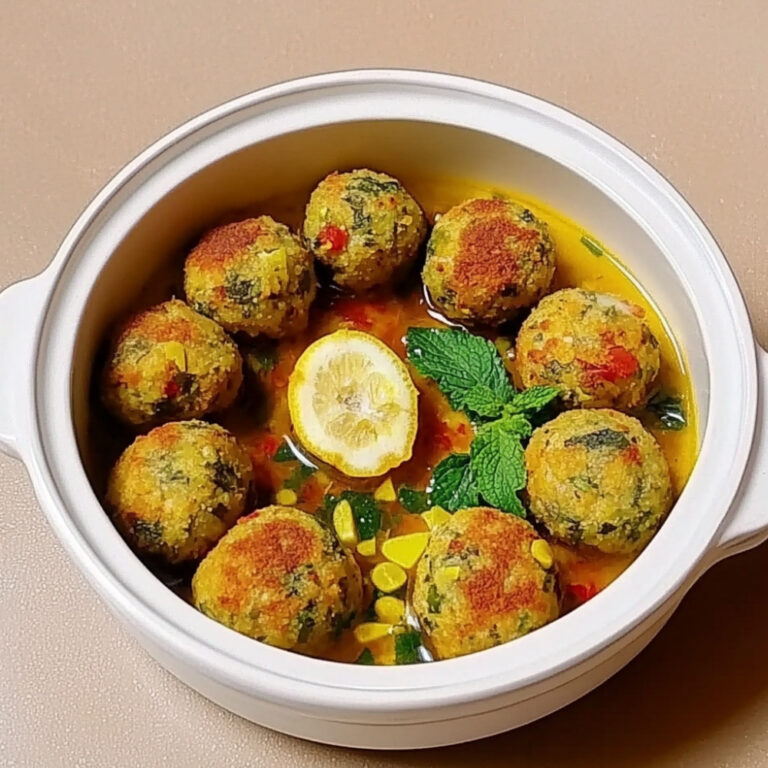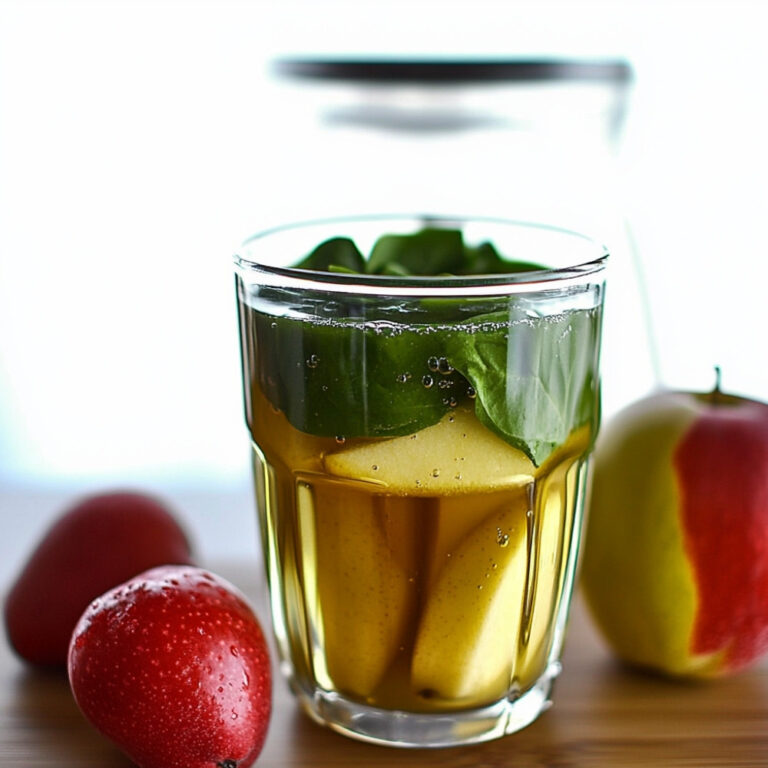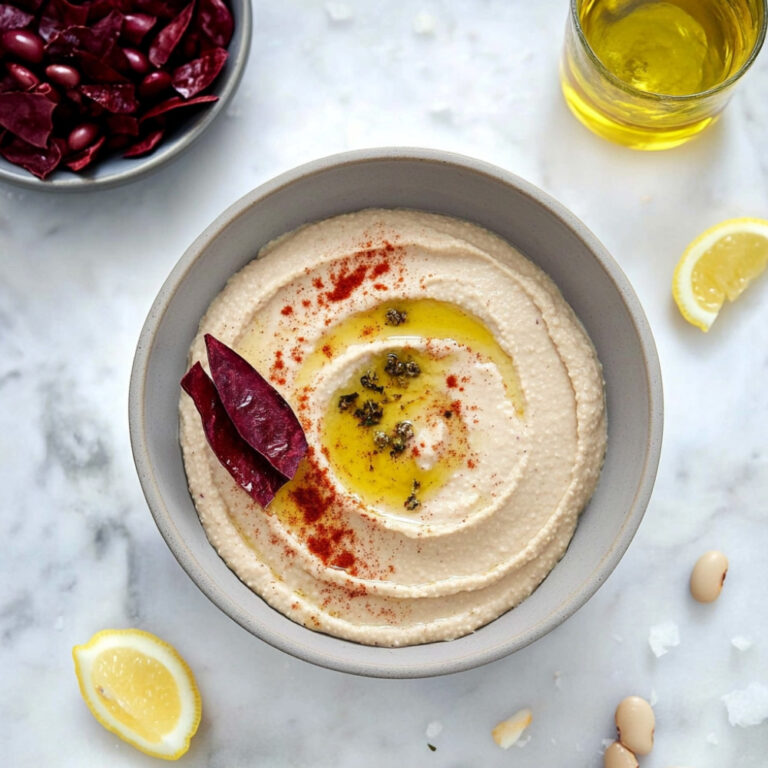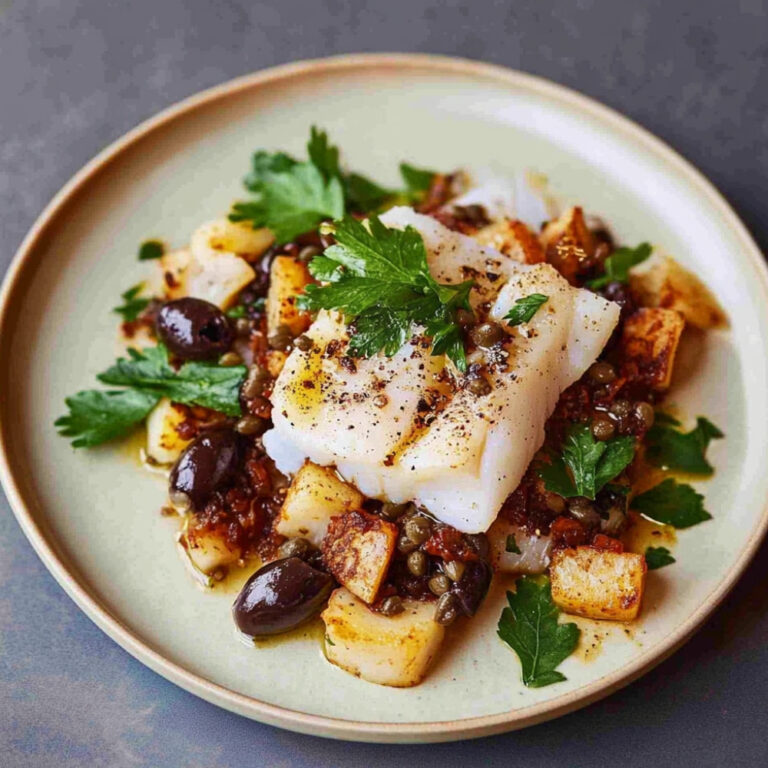Turkish Coffee Recipe
The first time I sipped traditional Turkish coffee, it caught me right in the chest – deep, dark, and gently spiced, like the sky pulling down just before rain. There’s something about its velvety texture, the slow heat as it builds in your palm, the quiet layer of foam whispering at the top… it’s not just a drink, it’s like a tiny, fragrant ritual. Even the way the grounds settle at the bottom – telling fortunes or just sitting there like a final thought – feels old and kind. Not rushed. Not fussy. Just deliberate, and warm.
Why You’ll Crave It
- It’s coffee with character — bold, silky, and somehow both strong and gentle.
- Boiled low and slow, it builds an aroma that alone feels like home.
- Takes only about ten minutes, but offers a whole mood in a cup.
- Foam lovers, rejoice — that perfect little creamy top is half the magic.
- You don’t need fancy machines — just a small pot and a bit of stillness.
The first time I made it properly — like really paid attention — my grandmother smiled, quietly, and said it tasted just like her mother’s.
What You’ll Need
- Finely ground Turkish coffee: 1 heaping teaspoon per cup — the texture should feel like soft powder, almost like cocoa.
- Cold water: 1 demitasse-sized cup for each serving (cold makes a difference, so don’t skip that).
- Sugar: optional, from none at all to full sweet — usually 1 to 2 teaspoons if you like it sweet.
- Optional add-in: A pinch of ground cardamom, for when you want a touch of spice and memory.
Easy How-To
Measure and mix (before heat)
In your cezve (a small Turkish coffee pot, but a tiny saucepan works if you don’t have one), combine your cold water and coffee — stir it gently, really until the grounds dissolve into the water. If you’re using sugar or cardamom, add it now and stir until it disappears too. Once it’s mixed, don’t stir it again.
Heat it slowly
Set the cezve over low heat. This part matters — don’t rush it. Let it heat slowly. After a few minutes, you’ll start to see a creamy foam rise around the edges. Don’t walk away… things move fast right at the end.
Lift, not boil
Just before it really starts to boil (you’ll see the foam puff up), lift the cezve off the heat. Spoon a little of the foam into each cup. Then return the pot to the heat briefly, let it rise again gently, and pour the rest of the coffee — slowly, carefully — right over the foam.
Let it rest, then sip
Set the cup down — let it sit a moment so those fine grounds settle. No need to rush. When you sip, go slow. Turkish coffee is strong, sure, but it’s meant to be savored.
Good to Know
- If you boil it fully, the foam will break and disappear — and foam is half the joy here.
- Don’t stir after heating begins — once is plenty. Stirring too much can ruin the smooth top layer.
- The fine grounds at the bottom? Don’t drink them. They’re not meant to be — just leave the last sip behind like a soft goodbye.
Serving Ideas
- Serve in a tiny porcelain or copper-handled cup, with a glass of cold water (cleanse the palate first), and maybe a Turkish delight or two.
Top Tricks
- Use freshly ground Turkish coffee if you can — age dulls the flavor. If you have a local Middle Eastern grocer, look for Mehmet Efendi, or ask for their favorite brand.
Frequently Asked Questions
Do I really need a cezve?
Traditionally, yes — the shape helps anchor the foam and heat evenly. But for everyday use, a tiny saucepan works in a pinch. Just keep the heat low and watchful.
How sweet should Turkish coffee be?
It’s entirely up to you. Some drink it “sade” (no sugar), others opt for medium (about 1 tsp) or sweet (2 tsp or more). But whatever you choose, the sugar must go in at the beginning — never afterward.
Why is the coffee so fine? Can I use espresso grind?
Turkish coffee is finer than espresso grind — almost floury. The texture is crucial for creating the foam and that soft layer of silt at the bottom. Espresso just won’t suspend the same way.
Can I add milk?
Traditional Turkish coffee is never made with milk. But if you’re experimenting or just craving something creamier, a bit of warm milk on the side once it’s brewed could be lovely — though it won’t be quite the same.
Conclusion
Turkish coffee isn’t just about caffeine — it’s about a moment, a pause, a tiny ceremony you make with your own hands. It’s rich and concentrated, sure, but also warm and quiet somehow. Stepping into its rhythm takes practice — your own gentle pace, some trial, a few overflows probably. But it becomes second nature, in the softest, sweetest way. And then one day, it tastes like home.
More recipes suggestions and combination
Cardamom Coffee
That earthy tingle makes the whole thing feel even older — in the best possible way.
Chocolate Turkish Coffee
It’s not traditional, I’ll admit, but one square of dark chocolate melted into the pot adds a deep, enveloping richness.
Cinnamon Infusion
A tiny pinch goes a long way toward creating that late-autumn comfort feeling, especially in chillier months.
Nuts and Coffee
Little bowls of roasted almonds or pistachios beside your coffee? Yes, always.
Turkish Coffee with Milk
Unorthodox, yes — still comforting. Try it warm and foamy, for a gentler take.
Rose Water Coffee
Just a drop or two after brewing will lift the aroma right out of the cup — a romantic little twist when you want something different.







